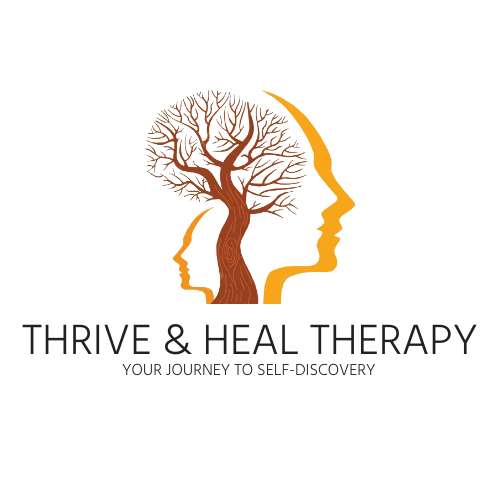Threat response also known as stress response is an automatic response of human bodies in reaction towards stressful or threatening stimuli. In common terms it is known as “fight/flight” response which is characterized by physiological changes in the mind and body, there is a release of hormones and chemicals inside body that prepare it to either deal with the situation at hand or distance yourself to ensure safety.
The body goes through three stages in the acute stress response:
Alarm: The initial stage in which central nervous system is preparing the body to fight or distance yourself from the situation.
Resistance: This is the second stage in which the body is neutralized to the normal levels which were modified in flight or fight.
Exhaustion: If the above two stages are continually occurring the body goes through numerous chemical changes leading to exhaustion and fatigue such as in chronic stress.

The Mechanism
On the activation of fight/flight response to stressful stimuli, the sympathetic nervous system of body gets activated and various hormones are released to stimulate glands and organs of the body. These hormones known as corticotropin and adrenocorticotropin are responsible for activation of pituitary, the master gland and adrenal glands, which in response release hormones like cortisol, adrenaline and noradrenaline.This causes increase in heart rate, elevated breathing and respiratorion. This change can continue for an half an hour to hour. According to research, the body needs 20-60 minutes of time to return to the neutral state, parasympathetic system plays its role and settles down the increased heart beat, perspiration and elevated breathing. The following physical changes are observed during fight or flight.
Dilated Pupils
In response to any threat the body gets ready to fight danger and the pupils are dilated to allow more light in the eyes to get better vision and respond appropriately (Chen & Leyga,2015).

Flushed Skin
The blood flow towards the surface areas of the body decreases, it is increased and directed towards the skeletal system legs, arms and the brain. Paleness can also occur due to this directed blood flow towards the big muscles and major organs. The plasma cells in body are activated to clot the blood to avoid increased bleeding if any injury may occur.
Increased Heart Rate & Breathing
Heart rate and breathing rate increases to have excess supply of oxygen and energy to respond to the dangerous stimuli (Gordon et al,2015).
Muscle Tension
Muscles become tense and prepared for action which can lead to shaking or muscle tension (Kantorovich et al,2008).
This acute stress response is essential to maintain our survival. In case of any life threatening situations, it provides us a better chance of surviving by being prepared and ready to respond appropriately.
In contrast to life threatening situations, it applies to and plays a beneficial role in low key stressful situations we deal with on a daily basis, for example during exams or giving a presentation, being involved in an argument etc. Scientists claim it is beneficial as it allows and prepares you to better cope with the situation in a more effective way.
On the other hand, if the body is unable to reach neutral levels or our stress response is continually triggered, it can cause serious damage to our health. It is automatic however not always accurate, many times our stress-response gets triggered during the situations that not realistically threatening or dangerous, we only perceive them to be due to which the entire body goes through changes. Thoughts can also trigger the stress response which happens during the panic attacks, phobias and other anxiety disorders.
According to American Psychological Association, perceived stress or chronic stress puts body into a continuous mode of fight or flight which leads to serious consequences and increases the risk of developing chronic conditions such as cardiovascular diseases, stroke, hypertension, metabolic disorders, low immunity, increased inflammation, headaches, migraines, fatigue, gastrointestinal issues and depression.
Therefore, it is imperative to understand your bodys response towards stress and its triggers. There are a few techniques that can be practiced to help calm our bodies after a stress-response. Relaxation therapy, using techniques such as deep breathing, progressive muscle relaxation allows the body to optimum levels. Meditation and mindfulness are evidence-based techniques targeted to reduce stress and create a sense of calm and composure. Additionally, being physically active, eating healthy and getting enough sleep also play an important role in stress reduction.

References
Kantorovich V, Eisenhofer G, Pacak K. Pheochromocytoma: An endocrine stress mimicking disorder. Ann N Y Acad Sci.2008;1148:462-8.
Chen Y, Lyga J. Brain-skin connection: Stress, inflammation and skin aging. Inflamm Allergy Drug Targets.2014;13(3):177-90.
Gordan R, Gwathmey JK, Xie LH. Autonomic and endocrine control of cardiovascular function. World J Cardiol.






